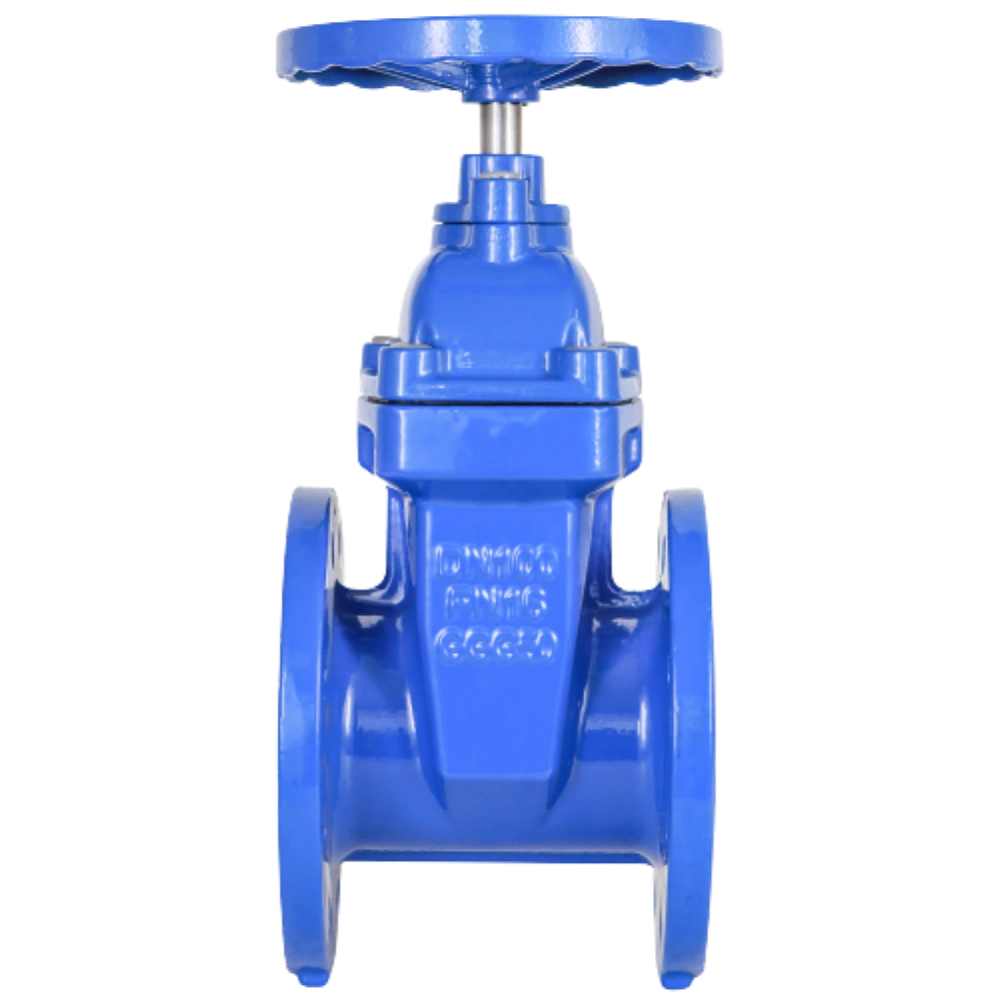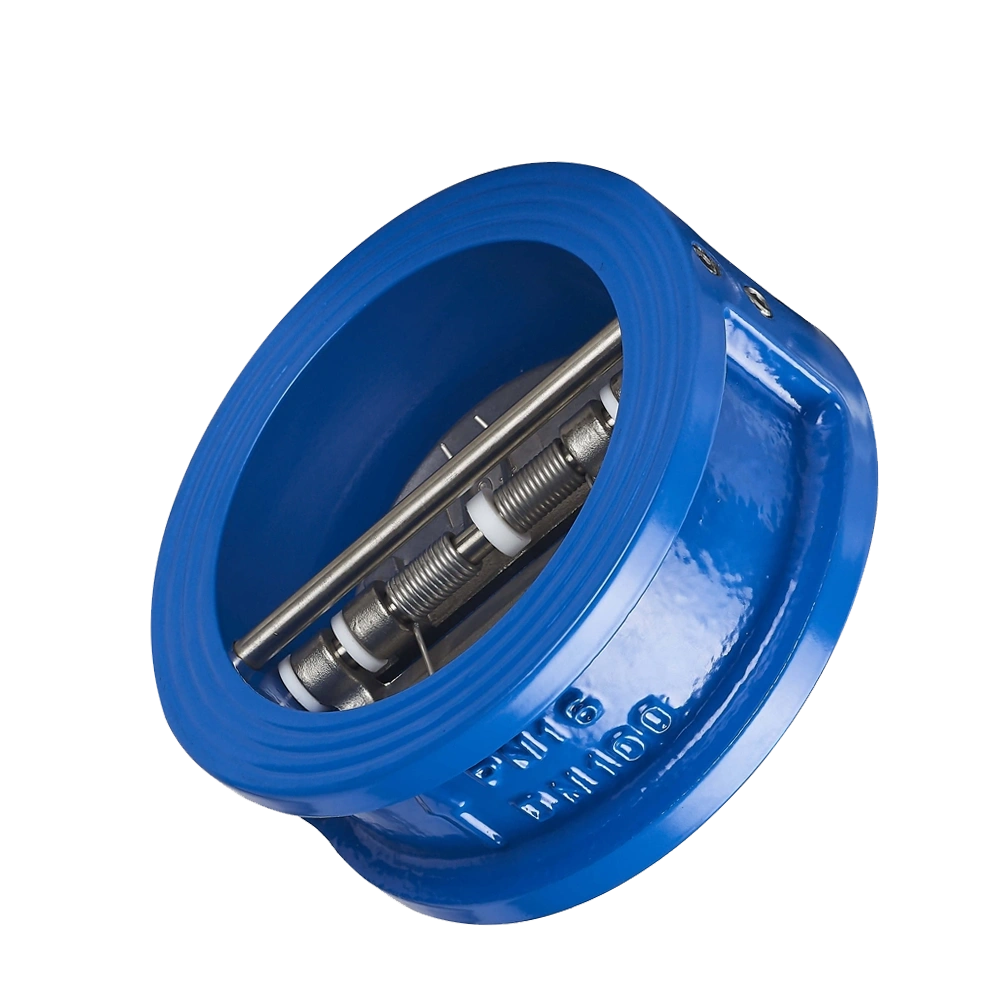Selecting the right valve in a pump system is crucial. It ensures the pump works efficiently. Foot valve VS check valve is a comparison that arises while selecting valves to maintain water flow in one direction and prevent backflow. Both valves have similar functions, but their design or installation and specific uses differ. This article will guide you through the differences between these two valve types. Read on to learn more.
What is a Foot Valve?
A foot valve is a specialized one-directional valve installed at the end of a suction line in pump systems. It is used in well and submersible pump systems. Foot valves keep the suction line full of water when the pump is off. This keeps the pump primed and ready for operation and enhances overall pump performance.

The working of a foot valve is straightforward. As the pump activates, it generates suction, opens the valve, and allows water to enter the suction line. When the pump stops, gravity closes the valve. The water column’s weight prevents backflow and keeps the line primed. Foot valves are constructed from brass, stainless steel, or PVC. The material selection depends on the specific application and conditions of use.
Advantages And Disadvantages of Foot Valves
Foot valves offer unique benefits for pump systems but also have some limitations.
Advantages:
- Maintains Pump Prime: Foot valves stop water from flowing back. They keep the pump primed and ready for use.
- Built-in Strainer: The strainer keeps debris out of the pump. It protects the pump and helps it last longer.
- Energy and Time Efficiency: Foot valves prevent backflow. This saves time and energy by reducing the need to re-prime the pump.
- Corrosion Resistance: Foot valves are durable in submerged conditions as they are made from corrosion-resistant materials.
Disadvantages:
- Prone to Clogging: Foot valve strainers can clog and affect water flow. They require regular maintenance.
- Difficult Installation and Maintenance: Foot valves are at the bottom of the suction line. They are hard to access for repair or replacement.
- Potential for Pressure Surges: If not maintained, foot valves may cause pressure fluctuations. This can damage the pump system.
What is a Check Valve?
A check valve also called non-return valve permits fluid to move solely in a single direction. Unlike foot valves check valves can be installed anywhere in the pipeline. This makes them versatile for various system designs.

Check valves work based on the pressure differential across the valve. The valve opens and allows flow when the inlet pressure exceeds the outlet pressure. When the outlet pressure surpasses the inlet pressure, the valve closes to prevent backflow. This simple self-acting mechanism makes check valves effective. It prevents backflow and reduces water hammer in pump systems.
Several check valves exist, including ball, swing, and lift check valves. Each type has unique uses and features depending on the flow, pressure, and fluid type. Check valves are common in pump systems and water supply lines and prevent backflow in industrial applications.
Advantages And Disadvantages of Check Valves
Check valves provide versatile backflow prevention, yet they also present certain drawbacks.
Advantages:
- Backflow Prevention: Check valves can prevent backflow. They keep the system’s fluid direction and protect upstream equipment.
- Simple Design: Check valves have minimal moving parts, leading to lower maintenance requirements and increased reliability.
- Versatility in Applications: Check valves’ design allows them to be used in a range of systems and environments.
- Variety of Types: Multiple check valves, such as ball, swing, and lift, are available to meet different system needs.
Disadvantages:
- Pressure Loss: Check valves may cause pressure drops and impact system efficiency.
- Potential for Valve Wear: Check valves may wear out in high-velocity systems. It can impact durability and require regular inspections.
- Installation Considerations: Depending on the system setup, check valves might need periodic checks to maintain optimal performance in demanding environments.
Foot Valves VS Check Valves: Key Distinctions
To compare check valves and foot valves, we must look at their key differences in design, materials, installation locations, and applications.

1. Design Differences:
One of the main design differences between foot valves and check valves is the built-in strainer found on foot valves. This screen filters out large debris and protects the pump from clogging or damage. However, check valves lack this feature and are unsuitable for applications where the fluid contains solids.
Additionally, foot valves have threading on only one side, which fits securely at the end of a suction line. In contrast, check valves have threads on both sides, which allows installation anywhere along the pipeline.
2. Material Considerations:
The choice of material for foot and check valves depends on environmental factors. Since foot valves are typically submerged in water, they require corrosion-resistant materials. Common materials include stainless steel, heavy-duty cast iron, PVC, and bronze. These materials ensure durability and longevity in submerged applications.
On the other hand, check valves offer more material options due to their versatility. Check valves can be made from stainless steel, brass, bronze, or CPVC. The choice depends on the fluid or pressure and temperature. This flexibility makes check valves suitable for many uses, from water to chemical processing.
3. Installation Locations:
Foot valves are positioned at the bottom of a suction line and usually submerged in water to prevent backflow and maintain prime. This location is vital in systems where pump priming is critical. This includes well pumps and submersible pump systems.
However, check valves can be installed at multiple points in the system, including the pump’s inlet, the suction line, and the discharge end. This flexibility in placement makes check valves more versatile for systems where backflow prevention is needed in various parts.
4. Application Differences:
The decision on the foot valve VS check valve often comes down to application. Foot valves excel in well piping, irrigation, sump pump installations and shallow jet pumps. They are vital for keeping the pump primed. However, check valves are widely used in municipal water lines, HVAC systems, industrial processes and fire protection systems. They can be placed anywhere and prevent backflow.
Finding The Right Valve Material For Specific System Conditions
The material of foot valves and check valves greatly affects their performance and durability. Here’s a quick overview of common materials and their applications:
| Material | Valve Type | Max Temperature | Common Applications |
| Brass | Foot and Check | 200°F (93°C) | Well piping and water supply systems |
| PVC | Foot and Check | 140°F (60°C) | Irrigation and shallow wells |
| Cast Iron | Foot | 250°F (121°C) | Municipal water systems or industrial use |
| Stainless Steel | Check | 1000°F (538°C) | Chemical processing and food industry |
| Bronze | Check | 400°F (204°C) | Marine applications |
| CPVC | Check | 180°F (82°C) | Hot water distribution |
Choosing the right material for the check valve versus the foot valve requires considering the fluid’s type, temperature, pressure, and the system’s environment. A brass or stainless steel valve may be better in a system with high mineral content. PVC or CPVC valves work well in systems with mildly corrosive chemicals.
Practical Applications: Foot Valves VS Check Valves
Choose a foot or check valve based on your pump system’s needs.
- Foot Valves: They are best for well piping or irrigation and sump pump systems. They are used where it’s vital to keep the pump primed. They are also suitable for shallow jet pumps.
- Check Valves: They are versatile. They work in municipal water lines, HVAC systems, industrial processes, and fire protection systems. They work in systems that need backflow prevention but don’t need constant priming.
Key Factors To Consider When Selecting A Valve
Several key factors can help you choose between the foot and check valves.
- System Configuration and Suction Lift: Foot valves are preferred in well piping systems with high suction lifts. Check valves offer more flexibility in layout and can suit various configurations.
- Maintenance Accessibility: Foot valves at the bottom of a well can be hard to maintain. Check valves installed inline are easier to access and replace.
- Flow Characteristics and Pressure Loss: Foot valves with strainers may resist flow. This could hurt pump efficiency. Check valves are better suited for systems where minimizing pressure loss is a priority.
- Environmental Considerations: If debris is a concern, use foot valves with strainers. They provide added protection. A check valve may be more durable and reliable for closed systems over time.
- Cost Efficiency: Foot valves may cost more initially. They can extend pump life in some applications. Check valves are cheaper and need less maintenance. They provide value in simpler systems.
Conclusion:
The choice between a foot valve and a check valve ultimately depends on your system’s needs. Foot valves are best for constant pump priming and debris protection. Check valves are more flexible in placement and suit wider uses. To optimize your pump system, choose the right valve. Consider its type, material, installation location, and environmental needs.
For more information on high-quality industrial valves, visit ZFA Valve. We are a leading manufacturer specializing in butterfly valves, gate valves, and check valves to meet a wide range of industrial needs.




